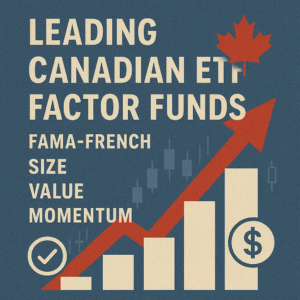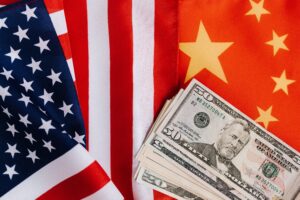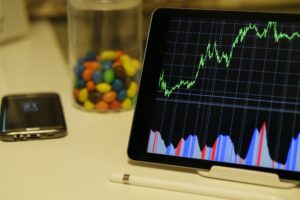It’s Market Beta all the Way Down
Ignoring diversification benefits 1, beating the cap-weighted total market index (nominally $VTI) on a risk-adjusted basis over the long run is the fundamental motivation to allocate to factor-based funds.
We use a unique approach to analyze and identify those funds expected to overcome fees and often-significant turnover-related trading costs 2. Specifically, those with a positive net expected contribution from diversified exposure to the best-researched alternative risk premia including Value, Quality, Low Volatility, and Momentum. We do this on a forward-looking risk-adjusted basis as summarized by our Implied Relative Factor Sharpe measure, which renders many seemingly-attractive funds dead on arrival once returns are normalized for volatility. We ice the cake with a valuation check that uses Relative Implied Dividend Valuation to compare a fund’s current yield with its historical mean to identify potentially overpriced funds.
Figure 1 filters the current US-listed ETF universe down to the cohort of funds with market beta exposure ~1.
Market Beta is Free. Beating it is Hard
As show in Figure 2, $2T of these are ‘plain vanilla’ passive cap-weighted index funds, and are essentially available ‘for free’ at a weighted average cost of 5 bps (normalized to $VTI) across the roughly $2T of fund AUM. The 3 largest of these are indexed to the S&P 500 and account for 50%, or $1T, and the other 50% are the likes of $VTI and $IWN, $ITOT and their brethren.
Per Figure 1, so-called Smart Beta factor funds which lag the market constitute 18% of total AUM (the Orange rectangle in Figure 1). What’s more, they lag the market by 190 bps. Take a minute to think about that: one of every 3 dollars invested through ETFs in the US equity market identifies as a Factor Fund, and 2 of every 3 of those lag the market by nearly two full percentage points on a risk-adjusted basis. Just 10%, or $290B of aggregate fund AUM added alpha over full fund lifetimes (the Green rectangle in Figure 1).
Given this ocean of potential underperformance, it’s critical to choose factor ETFs expected to deliver positive risk-adjusted returns. Our Implied Relative Factor Sharpe measure captures this estimate. For example, see the interactive chart included with Combining Valuation and Sharpe Ratio in ETF Selection.
The Winning 10%
Figure 3 highlights the largest Factor ETFs which have delivered market-beating returns in-sample (over their respective fund lifetimes). They represent just 11% of total AUM across 44 funds, only 8 of which have greater than $10B of AUM. Other than Quality, pure factor returns have generally languished in the post-GFC era, Value chief among them. Those funds that have managed to outperform have generally done so on the strength of Low Volatility and Quality factor exposures 3. $SCHD is a good example. The Vanguard Dividend Appreciation ETF is also a clear winner, with 120 bps of excess risk-adjusted return, but is currently slightly overvalued at 104% of its Relative Implied Dividend Valuation, with $MSFT and $AAPL its top 2 holdings. $SCHD, on the other hand, picks up the Value factor and is currently fairly priced at just 81% of its Relative Implied Dividend Valuation.
- alternative risk premia offer proven diversification benefits, however long-only factor funds still have nominal 100% exposure to market beta, and thus offer no explicit hedge against equity tail risk.
- We calculate the implied turnover-related trading costs by subtracting the management fees from the typically-negative regression intercept, which equals residual unexplained fund alpha.
- Quality and Volatility have a 0.3 correlation coefficient, and so this result is not surprising







